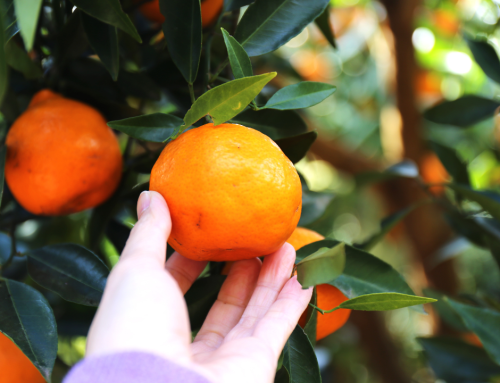Population increase
Queensland fruit fly numbers remained higher than normal across the Goulburn Murray Valley during May. Weather conditions including the La Niña weather system and the effects of more unharvested and fallen fruit than usual contributed to this increase.
Rural, peri-urban and urban activity
Higher than normal May fruit fly numbers were due to large populations in rural locations and, to a lesser extent, peri-urban sites. May Queensland fruit fly numbers in urban sites were slightly higher than previous years, but well down compared with rural and peri-urban sites.
Fruit fly trap numbers in rural locations of the Goulburn Murray Valley were very high during 2020/21, particularly from February onwards. Despite this increase, peak numbers were less than at the start of the Goulburn Murray Valley Fruit Fly Area Wide Management program which commenced in 2017/18, however numbers remained high for a longer period.
Factors impacting survival
Unusually for this time of year fruit fly numbers remained very high during May. A number of factors may have contributed to this expansion in numbers:
- Higher than normal mid-morning temperatures. Fruit fly tend to be attracted to traps in the morning.
- Higher than normal dusk temperatures. Queensland fruit fly mate at this time as long as temperatures at dusk are above about 16˚C. There were more days with dusk temperatures above 16˚C during 2021 than in previous years. This allows adult fruit fly to extend their activity season.
- Higher availability of ripe and ripening fruit as a result of fruit remaining unharvested, dumped or windfallen due to COVID restrictions on pickers and warmer daily temperatures.
- Lasting impacts of the La Niña weather pattern resulting in more rain and higher autumn temperatures, favouring fruit fly survival and expansion.
Rural hot spots for May 2021
The Goulburn Murray Valley trapping grip has identified the following hotspots in rural locations:
• Kyabram
• Ardmona
• Toolamba
• Merrigum
• Lemnos
• Orrvale
Weather outlook
Forecasts of higher than average rainfall, a 75-80% chance of maximum temperatures being higher than average and 75-80% chance of minimum temperatures being higher than average provides ideal conditions for fruit fly survival.
This weather outlook means Queensland fruit fly will be able to survive at least this part of winter in greater numbers than normal.




